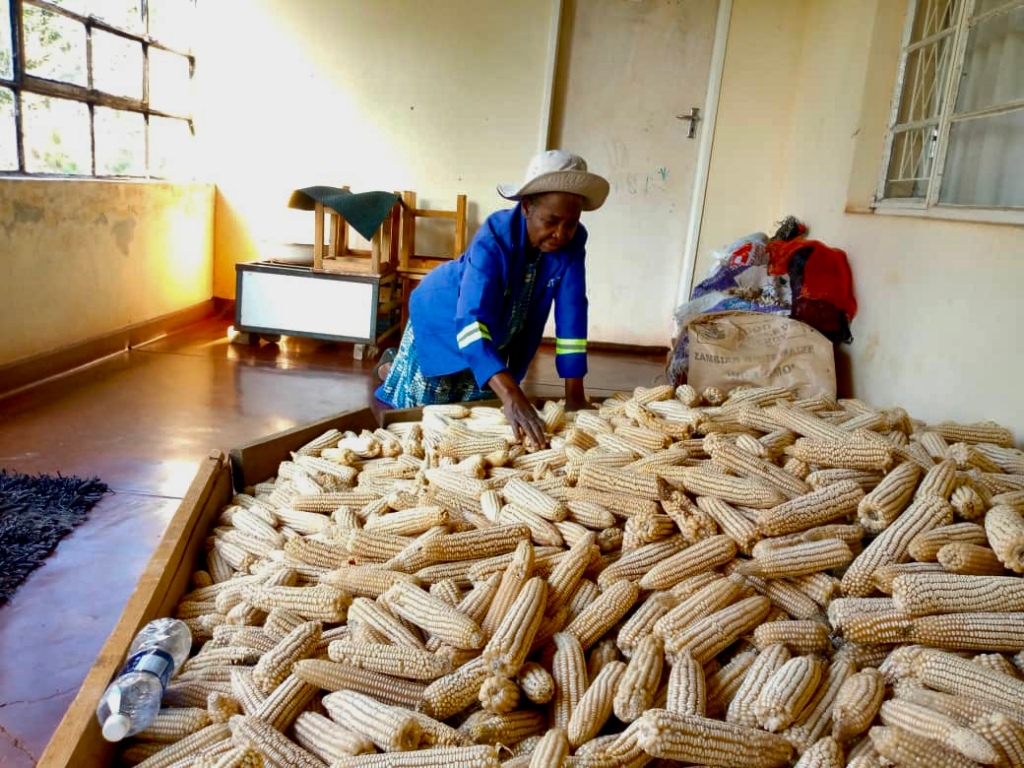Source: The changing face of urban agriculture in Zimbabwe | zimbabweland

Over the last four weeks, the blog has explored the changing face of urban agriculture across our sites in Chikombedzi, Triangle/Hippo Valley, Maphisa, Masvingo, Chatsworth and Mvurwi. We have explored the growth of urban agriculture and its different forms (backyard, open space and titled) and examined the changing relationships between rural and urban production. A photo story captured some of the dynamics, including the patterns of investment that are on-going. The role of urban agriculture in food security in an economy with few other options, currency chaos and rising inflation was also explored.
A number of themes emerge:
- Urban agriculture is not just backyard cultivation, but a much more significant endeavour, with often large areas planted, sometimes with significant intensification through irrigation and mechanisation.
- Urban/peri-urban production is essential for food security. This was especially so in the pandemic when the trend to urban cultivation accelerated, but is also important in the context of Zimbabwe’s economic situation where inflation is high and other jobs scarce. Self-provisioning not only for ‘relish’ but for staples and selling surplus is a feature of urban agriculture today.
- The relationships between the rural and urban are being reconfigured, as production (of some crops) moves to town. This means adjusting marketing practices for rural producers as they cannot compete with those in town. Rural producers must switch to different crops, new forms of transport and new marketing strategies.
- For towns in largely rural areas, many have access to plots in both town and in the rural areas. Investment in land and housing in town has been an important feature of investment from the proceeds from agricultural production, especially for those with larger land areas in the land reform areas. Shuttling between rural and urban production sites is important, with equipment and investments being moved between sites.
- Access to land and water for urban agriculture is vital, but is unevenly distributed. Political patronage and brokerage plays an important role in governing land access in urban areas. Municipal by-laws and town planning regulations often formally ban urban agriculture, putting officials in an invidious position, where they have to police the laws, while recognising the importance of urban agriculture in straitened circumstances (including for themselves).
- Urban farming is important for men and women, rich and poor. But different people gain access to different types of land thanks often to political connections and can invest in different ways, depending on existing resources and access to capital.
In case you missed them, links to the four blogs are below, with the most recent first.
Urban agriculture: surviving in a collapsing economy
Urban agriculture in Zimbabwe: a photo story
Changing food systems in Zimbabwe: shifts from rural to urban production
The growth of urban agriculture in Zimbabwe
This blog was written by Ian Scoones and first appeared on Zimbabweland
Thanks to the team – Iyleen Judy Bwerinofa, Jacob Mahenehene, Makiwa Manaka, Bulisiwe Mulotshwa, Felix Murimbarimba, Moses Mutoko and Vincent Sarayi – who have contributed the research material for this series from across Zimbabwe.
COMMENTS